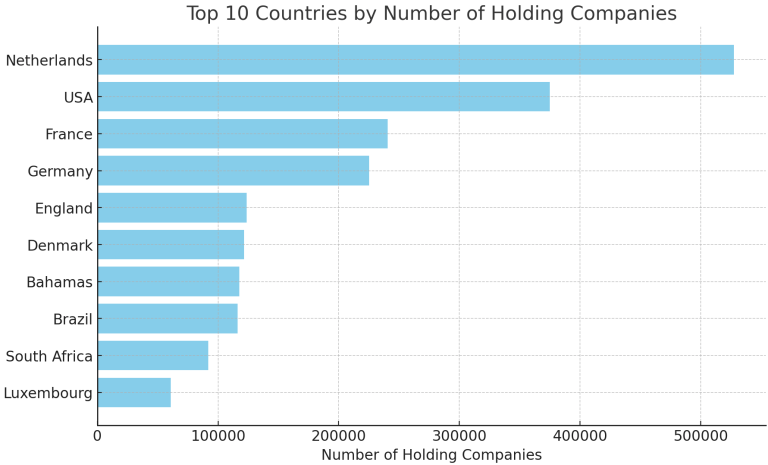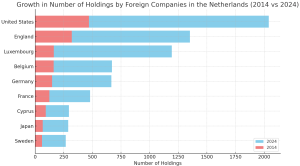For cranes, elevators, mining shafts and cable railways alike, steel wire ropes are the literal backbone of heavy lifting and suspended motion. These cables bear immense loads safely when properly maintained. A key maintenance step? Regular wire rope lubricant to prevent costly wear and tear. But how do you know when to lube wire ropes?
In this article, we’ll overview when and why wire rope lubrication by experts like Viper WRL is critical to prolonging cable life, reducing friction and inspection clues that it’s time to lubricate. Let’s keep essential equipment running smoothly with smart lubrication schedules.
During Initial Installation
The first lubrication occurs right after initial installation. New cables are uncoated and vulnerable until their first application of lubricant, which penetrates to coat individual inner strands and protects against water and abrasive dust.
Proper break-in lubrication starts cables off with an anti-wear protective barrier that seals out corrosion.
After Cable Adjustments and Repairs
Anytime wire ropes get adjusted, spliced, replaced or repaired, fresh lubricant must be applied to the affected areas. This replaces lube that washed away or was removed during servicing work.
Restoring lubrication prevents localized wear at adjusted segments. New lubrication ensures smooth operation.
When Ropes Appear Dry
Routinely inspect wire ropes closely for any signs they require re-lubrication. If surfaces appear dry, dusty or discolored, it’s time to renew protective lubricant layers even if not scheduled yet.
Spotting dry conditions early prevents damage. Re-lube at the first hint of dryness.
At Scheduled Intervals
Establish a consistent relubrication schedule based on frequency of use, environment and manufacturer recommendations. This ensures ropes never go too long without fresh lubricant application. Consistent lubrication intervals keep cables slicker, extending service life significantly.
In Wet or Dusty Conditions
Fast-track your lubrication schedule if cables are exposed to water, humidity, caustic chemicals, salt air or environments causing buildup of dirt or debris. These conditions wash away lubricant or introduce abrasives. Frequent re-lubrication counteracts quicker wear from wet or dirty operating environments. Customize for challenges.
On High-Temperature Surfaces
Cables passing over hot sheaves or operating at high ambient temperatures near furnaces require extra lubrication. Heat thins lubricant, drying cables out faster. Extra lubricant replacement offsets this heat-related lubrication breakdown. Keep cables slick despite added heat.
When Tension or Load Increases
Ropes under higher loads and tension pressures benefit from increased lubrication to combat added friction. Even if operating hours stay the same, more weight strain necessitates more frequent lube schedules. Counteract elevated wear factors with lubricant layer refreshes. Match lube pace to operating intensity.
Conclusion
By regularly lubricating wire ropes at the strategic times outlined, companies can profoundly prolong cable life, prevent unnecessary wear, reduce friction, and ensure smooth, safe working operation of equipment. The minimal time investment in proper lubrication practices pays off exponentially in reduced replacement costs and avoided downtime.
Manufacturers provide baseline lubrication schedule recommendations, but first hand inspection and customizing intervals based on actual operating conditions is key. Companies who adjust lube frequency based on factors like loads, speed, temperatures, dust, and humidity will come out ahead.
View wire rope lubrication as inexpensive insurance. Make it a priority with crews to spot dry conditions early and log each completed lubrication. The simple routine habit of re-lubricating on schedule prevents incredibly costly and dangerous wire rope failures down the road. Companies staying diligent protect profits, safety and reputation. Don’t let wire ropes become an afterthought – consistent lubrication keeps operations running reliably.













 Bitcoin
Bitcoin  Ethereum
Ethereum  XRP
XRP  Tether
Tether  Solana
Solana  USDC
USDC  Lido Staked Ether
Lido Staked Ether  TRON
TRON  Cardano
Cardano  Avalanche
Avalanche  Toncoin
Toncoin